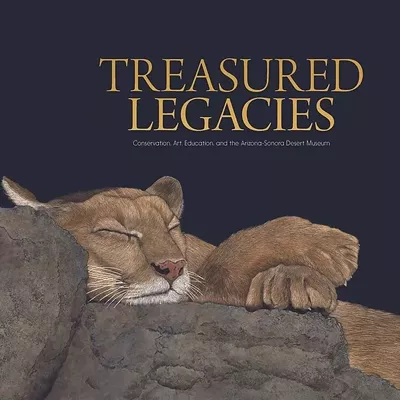To serve as a county sheriff in such a place was to give yourself to frequent mortal danger, financial risk, political headhunting and moral gamesmanship. It is no wonder, then, that back in those dime-novel days, the job often attracted adventurers, opportunists and the occasional outright felon--a tradition that continued well into statehood and beyond.
The position today is largely concerned with public relations, a desk and podium job to be sure, but in the Territory, an elected sheriff was responsible for nearly every law-related task, from serving summons in civil trials to leading manhunts to executing doomed murderers and train robbers.
When he assumed office, a county sheriff had to personally provide bonds, usually worth between $5,000 and $10,000, to assure county leaders that he wouldn't make off with public funds. These promises were usually put up by a few of his moneyed supporters, without whom no man could ascend to an office with a short two-year term. Even with influential citizens on his side, a candidate typically had to get his constituency drunk a few times as a matter of course, and even then, he couldn't count much on their good faith.
Once elected, he took on the precarious enterprise of actually getting paid for his dangerous work. He was a kind of independent contractor, paid not a salary but a sliding sum for each task. He was offered, in the 1860s, $2 for each arrest, 50 cents for each witness summoned to a civil trial and $15 for hanging an outlaw by the neck until dead--if he could keep the mob from getting there first. If he had deputies--often men who skirted both sides of the law, as they needed to be tough and good with a gun--he had to pay them out of his own pocket and then turn in a bill to the county and hope the powers remunerated.
In her new book, Arizona Sheriffs: Badges and Bad Men, Jane Eppinga reveals without ornamentation the past and present failings of the office while expressing sympathy for the typically flawed men who served the territory and the state in an often deadly and mostly thankless capacity. It's an honest and entertaining work of popular regional history.
The book is most interesting when Eppinga is retelling some of the darker crime stories from Arizona's long-ago--and fairly recent--past. There has always been this noir undercurrent in Arizona, and an ambitious novelist could mine Eppinga's well-researched tome for at least a decade's worth of thriller plots.
Consider, for example, the one about the Power family of Eastern Arizona. In the early 1900s, the Powers--widower Thomas Jefferson Power, his two boys and daughter, émigrés from Texas by way of New Mexico--settled in the remote Galiuro Mountains to work a mine, make moonshine and hire out for the occasional roundup.
The daughter, Ola May, was kicked out of school in Willcox for beating up a teacher and in 1917 died under mysterious circumstances at home, where she was found with two broken neck vertebrae. Gossip at the time pinned the death on Ola May's brothers. That same year, the Selective Service Act became law, and the Power boys, in their 20s and ripe for service in the trenches overseas, took to the hills to hide out in caves. Frontier ethos being what it was, it's not surprising that Tom Power and his boys weren't keen to submit to the U.S. government's demands for service. When Graham County Sheriff Frank McBride tried to serve a warrant for draft evasion and for questioning in Ola May's death, a shoot-out ensued that left Tom Power and McBride dead, and the sons on the run from a posse for more than a month.
Eppinga also retells the story of the infamous temple killings of 1991, when two suburban Phoenix teenagers killed nine members of a Buddhist temple for reasons only the culprits, now both older than 30 and serving life sentences, can explain. There has never been a proper explanation for those murders, the largest mass-killing in Arizona history. The more difficult questions of motive got lost in the shocking details of the crime, and most postmortems on the case, including Eppinga's, have concentrated on the Maricopa County Sheriff Department's bungling of the investigation, a tale of incompetence and infighting which should serve as a cautionary tale to all detectives.
And Eppinga's worthy project, too, should serve as a model for authors who delve into the dark recesses of Arizona history and hope to come up with something worthy and edifying.







